Tokyo: Top 15 Places to Visit on Your First Trip

We introduce 15 must-visit locations in Tokyo that any first-time visitors to Japan should check out. Asakusa, Tokyo Skytree, Shibuya Scramble Square, and other iconic spots are on the list.
Tokyo: 15 Must-Visit Places
Tokyo boasts so many famous places to visit that you might have difficulty deciding where to go. This guide covers the essential 15 destinations in Tokyo that every traveler should include in their itinerary.
15 Must-Visit Places in Tokyo
1. Asakusa and Sensoji Temple
2. Shibuya Scramble Crossing
3. Tokyo Skytree
4. Ueno Park and Ameyoko Street
5. Akihabara and Kanda Shrine
6. The Imperial Palace
7. teamLab borderless in Azabudai Hills
8. Ginza and the Kabukiza Theater
9. Tokyo Tower
10. Odaiba
11. The Ghibli Museum in Mitaka
12. Roppongi Hills
13. Harajuku and Meiji Jingu Shrine
14. Tokyo Disney Resort
15. teamLab Planets in Toyosu
For Shopping in Tokyo: Ginza, Shinjuku, Shibuya, Akihabara, Ikebukuro
1. Asakusa and Sensoji Temple

Photo by Pixta
Sensoji Temple, located in Asakusa, is Tokyo’s oldest Buddhist temple and enshrines a sacred statue of Kannon, the Bodhisattva of Mercy, that is said to have been found in the waters of Sumida River in the 8th century. The entire district of Asakusa flourished around this temple through the centuries.
There are many photogenic locations on the temple grounds, including Kaminarimon Gate with its impressive lantern and the five-story pagoda.
The 250-meter-long approach to the temple is called Nakamise Dori and is one of the oldest shopping streets in Japan. Both sides of the street are dotted with souvenir shops to satisfy any need for souvenirs and keepsakes.
Hotels near Sensoji Temple
Read also
↑ Return to the top of article.
2. Shibuya Scramble Crossing

Photo by Pixta
The Shibuya Scramble Crossing is an intersection right outside Shibuya Station where as many as 3,000 pedestrians cross each time. This is where you can experience the highly urbanized side of Tokyo.
On weekend evenings, the area becomes very crowded. We suggest enjoying the view from above. The Shibuya Sky Observatory offers breathtaking views of the crossing along with interactive exhibits that allow you to feel the pulse of the ever-changing Shibuya district.
Hotels near SHIBUYA SKY
Read also
↑ Return to the top of article.
Tokyo Skytree

Photo by Pixta
Tokyo Skytree, standing 634 tall, was built as a broadcasting tower in 2012. Together with Tokyo Skytree Town, a commercial complex with several entertainment and dining facilities, it is a must-visit location near Asakusa.

Photo by Pixta
There are two observation decks within Tokyo Skytree. The Tembo Deck is located 350 meters above ground, and the Tembo Galleria is at 450 meters. Besides the unobstructed panorama of Tokyo and its surroundings, on days with clear weather, you can see as far as Mt. Fuji from here.
Tokyo Skytree Town is home to numerous shops, an aquarium, and a planetarium, making it ideal for souvenir shopping and relaxing.
Spectacular views of the city and delicious food!
Hotels near Tokyo Sky Tree
↑ Return to the top of article.
4. Ueno Park and Ameyoko Street in Ueno

Photo by Pixta
Ueno Park is the first facility designated as a park by the Japanese government in 1873.
Prominent museums such as the Tokyo National Museum, the National Museum of Western Art, and the National Museum of Nature and Science are located within Ueno Park.
The famous Ueno Zoo, the Shinobazu Pond, and the Bentendo Temple are also inside this spacious park.
Ueno Park is one of the best locations to enjoy cherry blossom viewing in Tokyo around the end of March.
Hotels near Ueno park

Photo by Pixta
Ameya Yokocho, or the Ameyoko Street, is also located in Ueno. This is a shopping street with a wide variety of stores, from grocery stores selling marine products and fresh fruit to clothing and cosmetics stores.
There are also many drugstores on Ameyoko selling Japanese cosmetics and health care products of all types.
Ameyoko is home to countless eating and drinking establishments, including restaurants where you can enjoy Japanese cuisine at reasonable prices. You’ll immediately feel the overwhelming energy from this lively area when you visit.
Read also
↑ Return to the top of article.
5. Akihabara and Kanda Shrine

Photo by Pixta
Akihabara is the beating heart of Japan's pop culture, anime, and gaming industry.
Akihabara's Electric Town, Bic Camera, and Yodobashi AKIBA are some of the best places to shop for electric devices made in Japan, game consoles, figurines, and anime merchandise.
A walk around Akihabara would not be complete without a visit to a maid cafe or gaming arcade.

Photo by Pixta
We also recommend visiting the nearby Kanda Myojin Shrine, which boasts beautiful shrine architecture and a a history of nearly 1300 years. This shrine is dedicated to Tokyo's guardian deities.
The Kanda Festival held at this shrine every year in May is one of Tokyo's three famous festivals and an amazing cultural experience.

Photo by Pixta
This location is also close to Hijiribashi Bridge, which offers an excellent vantage point to capture three of Tokyo's iconic train lines in one picture: the Tokyo Metro Marunouchi Line, and the JR Sobu and Chuo lines.
Hotels near Kanda Myojin (Kanda Shrine)
Read also
↑ Return to the top of article.
6. The Imperial Palace

Photo by Pixta
The Imperial Palace is located near Tokyo Station in the heart of the city. The palace was formerly called Edo Castle, functioning as the headquarters of the Tokugawa shogunate. It became the Emperor’s residence in 1868.
Gates and Japanese gardens built during the castle days still remain. Nijubashi Bridge is particularly famous for its spectacular view.
Guided tours of the facilities are held regularly; these tours typically require a reservation. As of June 2023, tours are held twice a day except on Sundays and Mondays. For more details, please check the official website.
Same-day tours are also available, allowing visitors to join even without prior reservation. Please note, however, that these tours are very popular, with slots filling up quickly. If you forgot to book in advance, please inquire at the reception desk whether you can join a tour without a reservation.
The alleys surrounding the Imperial Palace have become one of the most popular jogging routes in Tokyo.
Hotels near Imperial Palace
Read also
↑ Return to the top of article.
7. teamLab borderless in Azabudai Hills

teamLab, Universe of Water Particles on a Rock where People Gather © teamLab
Reopened in February 2024 within Azabudai Hills, a bustling shopping and entertainment hub at the heart of Tokyo, the teamLab Borderless: Mori Building Digital Art Museum is one of the must-visit Tokyo attractions.
This expansive venue stands as the preeminent showcase for the innovative artistry of teamLab, boasting 50 captivating art installations alongside a charming tea house infused with the same creative spirit found within the gallery.
Envelop yourself in the interactive wonders conceived by teamLab, ventures that blur the confines of technology, art, nature, and culture. Set aside a generous portion of your day to traverse these uncharted realms of artistic expression!
Hotels near teamLab Borderless Azabudai Hills
↑ Return to the top of article.
8. Ginza and the Kabukiza Theater

Photo by Pixta
Ginza is known as Tokyo's high-end posh district but amid its luxurious department stores you'll discover well-established restaurants and shops with a long tradition and history.
The Kabukiza Theater in Ginza is the prime location to enjoy a performance of Kabuki, one of Japan’s traditional performing arts. This theater was built in 1889 and has since undergone four renovations. It continues to charm and fascinate all who visit.
Kobikicho Square, a shopping area with souvenirs and gifts related to Kabuki, is located on the second basement level. All visitors can enter and shop here, even those not planning to see a performance. If you're looking for a unique souvenir from Japan, the Kabuki Kyogen Rice Crackers might be a good choice. Each rice cracker wrapper is decorated with a famous scene from a kabuki performance.
The Kabukiza Gallery on the fifth floor can be accessed for free. The gallery displays costumes and props used in actual stage performances. It's a great place to learn more about Kabuki theater.
Hotels near Kabukiza
Read also
↑ Return to the top of article.
9. Tokyo Tower

Photo by Pixta
Until the construction of Tokyo Skytree, Tokyo Tower was the tallest radio tower and man-made structure in Japan, measuring 333 meters in height. It has stood as the symbol of Tokyo ever since its completion in 1958.
Tokyo Tower has two viewing platforms that allow visitors to see the view of the city as well as far away in the distance. On clear days, you can even see Mt. Fuji.
Hotels near Tokyo Tower
↑ Return to the top of article.
10. Odaiba, Tokyo's Leading Entertainment District

Photo by Pixta
Odaiba, which served as a venue area for the Tokyo 2020 Summer Olympics, is a seaside district with a refreshing ocean breeze. Odaiba Marine Park with its own Statue of Liberty and views of the Rainbow Bridge and Tokyo Bay is the first destination in this area for many visitors.

Photo by Pixta
The futuristic Odaiba is home to many popular attractions, such as the life-size 19.7 meter tall Unicorn Gundam Statue located in front of the DiverCity Tokyo Plaza shopping mall, Tokyo Joypolis, an indoor amusement park operated by SEGA, and the Legoland Discovery Center Tokyo. This is a great area to spend the entire day, ideal for friends and families.
To get to Odaiba, hop on board the Yurikamome, a train that operates along the Tokyo Bay area, and enjoy the beautiful view.
In addition to sightseeing and shopping, visitors to Odaiba can enjoy scenic views of the city from the Fuji TV Building observatory or interact with robots and androids at Miraikan: The National Museum of Emerging Science and Innovation.
Read also
↑ Return to the top of article.
11. Ghibli Museum, Mitaka
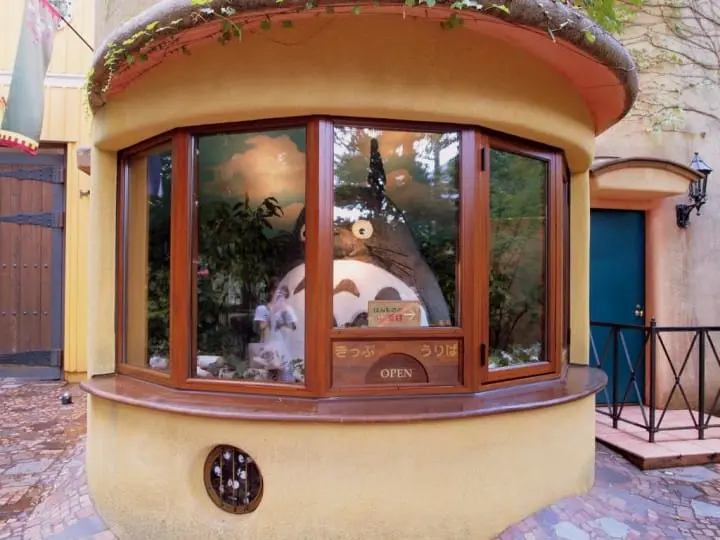
Animation movies by Studio Ghibli such as "Princess Mononoke" and "Spirited Away" are well-known to many in and outside of Japan. At the Ghibli Museum, Mitaka, you can immerse yourself in the magical world of Studio Ghibli animation. The displays feature various characters from the movies. Visitors can also watch original short films.
The tickets for the Ghibli Museum must be purchased in advance. When you reserve your ticket, you need to specify the day and time of your visit. Please visit the Ghibli Museum official website for details.
Please note that photography is not allowed on the premises. Instead of taking pictures, allow your heart to capture the fascinating sights of the world of Studio Ghibli.
Hotels near Ghibli Museum, Mitaka
↑ Return to the top of article.
12. Roppongi Hills

Photo by Pixta
Visitors who seek the metropolitan atmosphere of Tokyo should head to Roppongi Hills. The Roppongi Hills Mori Tower is home to the Mori Art Museum, which displays contemporary art, and to many sophisticated shops, cafes, and restaurants.

You can enjoy views of the city from Tokyo City View, the indoor observation deck on the 52nd floor of Roppongi Hills Mori Tower. Tokyo Skytree and Tokyo Tower can also be seen from here. The night view is especially spectacular.
Roppongi is filled with clubs and bars where visitors can enjoy Tokyo’s nightlife. We suggest taking in the night view from the observatory and then enjoying the rest of the evening nearby.
On weekdays and national holidays, business hours for the Tokyo City View observatory are from 10:00 to 23:00, with the last entry at 22:30. On Fridays, Saturdays, and the day before a holiday, it’s open from 10:00 to 1:00 AM, and the last entry is at midnight.
Hotels near Roppongi Hills
Read also
↑ Return to the top of article.
13. Harajuku and Meiji Jingu Shrine

Photo by Pixta
Harajuku is one of Tokyo's fashion hubs, along with Shibuya, Omotesando, and Ebisu. The famous Takeshita Street in front of JR Harajuku Station is thought to be the birthplace of Japan's kawaii culture. The 360-meter-long shopping street is a hotspot for those who seek original fashion trends and miscellaneous goods from Japan and all around the world.
Takeshita Street and the entire Harajuku district boast many excellent restaurants and cafes where you can taste some of Tokyo's best cuisine and desserts.

Photo by Pixta
Meiji Jingu Shrine is just five minutes away from Harajuku Station. This shrine is dedicated to Emperor Meiji (1852-1912), the 122nd Emperor of Japan, and Empress Shoken (1849-1914).
The forest on the shrine grounds consists of more than 100,000 trees donated from all over Japan. More than 2,800 species of plants and living creatures call this forest their home.
If you visit Harajuku, visit Meiji Jingu Shrine and immerse yourself in the calm, tranquil atmosphere of this oasis in the heart of the metropolis.
Hotels near Meiji Shrine
Read also
↑ Return to the top of article.
14. Tokyo Disney Resort

Tokyo Disney Resort, one of the largest amusement parks in Japan, is located in Maihama, Chiba Prefecture, bordering Tokyo.
The facility consists of two parks: Tokyo Disneyland: Kingdom of Dreams and Magic and Tokyo DisneySea: A Sea of Adventure and Imagination. There is also the Ikspiari shopping mall with about 140 shops and restaurants nearby.
While there are six Disneylands worldwide, Tokyo Disney Resort is famous for its hospitality and unique souvenirs.
Hotels near Tokyo Disney Resort
15. teamLab Planets TOKYO in Toyosu

teamLab, The Infinite Crystal Universe, 2018, Interactive Installation of Light Sculpture, LED, Endless Sound: teamLab.©teamLab
TeamLab is a digital art collective based in Japan that hosts exhibitions worldwide. TeamLab Planets TOKYO DMM is a long-running exhibition currently held in Toyosu.
It consists of four large-scale works and two gardens. Visitors can enjoy an immersive experience while walking through a space full of reflective surfaces a garden where flowers endlessly blossom and wither.
For more information on TeamLab Planets TOKYO DMM and other exhibitions, please check their official website.
Hotels near TeamLab Planets TOKYO DMM.com
↑ Return to the top of article.
Shopping in Tokyo: Ginza, Shinjuku, Shibuya, Akihabara, Ikebukuro
The best places to enjoy shopping for the latest fashion and gadgets in Tokyo are Ginza, Shinjuku, Shibuya, and Ikebukuro. Read on to learn what you can find in each area.
Ginza

Photo by Pixta
Ginza is a famous shopping district with luxury brand stores lining its streets. The GINZA SIX shopping complex is a facility where you'll find both high-end brands and stylish shops handling traditional Japanese crafts.
Read also
Shinjuku

Shinjuku is home to Kabukicho, which is regarded as the largest amusement district in Asia. All types of dining facilities line up along the streets, along with hotels and entertainment facilities. Since Shinjuku is easily accessible, many people stay in the area when visiting Japan.
For shopping, we recommend the classic department stores Isetan and Takashimaya. For youthful fashion trends, visit Lumine or NewWoman Shinjuku.
The recently opened Tokyu Kabukicho Tower is an excellent location for entertainment and dining in Shinjuku.
Read also
Shibuya and Harajuku

Photo by Pixta
Those interested in fashion should definitely pay a visit to Shibuya or Harajuku. Since these areas are frequented by youth, they have become a showcase for the latest fashion trends. Takeshita Street is particularly famous for its youthful and extravagant fashion shops.
Shibuya has excellent department stores such as Shibuya Scramble Square, Hikarie, Tokyu Plaza Shibuya, Shibuya PARCO, and others.
Omotesando is home to luxury brand stores. Although it is very close to Shibuya and Harajuku, this area has a more sophisticated atmosphere.
Read also
Akihabara

Akihabara is the place to go for electric and electronic devices, from cameras to phones and computers.
This district has been gathering attention in recent years as a place that caters to anime and game enthusiasts. There are many maid cafes, clubs where idols perform, and niche shops for cosplayers as well.
Read also
Ikebukuro

Photo by Pixta
Besides the Tobu and Seibu department stores, electronics stores such as Bic Camera and Yamada Denki compete against each other in Ikebukuro.
There are also budget-friendly shops frequented by students, along with inexpensive eateries. Visitors can stroll the area without worrying about overspending. Since Ikebukuro is known for its amusement facilities, there is never a dull moment here!
FAQ
Where should I go first in Tokyo?
When beginning your Tokyo adventure, a good starting point would be to explore Shibuya for its famous bustling crossing and vibrant shopping scene, where you can experience the energy of the city. Alternatively, Shinjuku offers a blend of traditional and modern with its nostalgic bars in the Golden Gai Street and the vibrant Tokyu Kabukich Tower. Asakusa is perfect for a dose of history, featuring the iconic Sensoji Temple and Nakamise Shopping Street. Each of these areas provides a unique taste of Tokyo's diverse offerings, allowing you to immerse yourself in the city's culture and sights right from the start.
How many days should I spend in Tokyo for the first time?
The ideal duration for a first-time visit to Tokyo can vary depending on your interests and travel preferences. However, spending around 5 to 7 days in Tokyo is a good starting point to explore the city and enjoy its diverse attractions without feeling rushed. This timeframe allows you to visit major neighborhoods, iconic landmarks, experience the local culture, try different cuisines, and perhaps take day trips to nearby destinations like Yokohama or Nikko.
Is 7 days in Tokyo too much?
Spending 7 days in Tokyo offers the opportunity for a comprehensive exploration of the city's diverse neighborhoods and attractions without feeling rushed. This timeframe allows for a more in-depth experience, with the chance to delve deeper into Tokyo's culture, visit lesser-known areas, and enjoy a relaxed pace of exploration. Additionally, having a week in Tokyo provides flexibility for day trips to neighboring cities like Nikko, Yokohama, or Kamakura, adding a variety of cultural and historical experiences to your itinerary. With extra time to spare, unexpected discoveries and hidden gems can be uncovered, making for a more enriched and fulfilling travel experience in one of the world's most dynamic cities.
Is Tokyo an expensive city to visit?
Tokyo is known to be a relatively expensive city to visit, with costs for accommodation, dining, transportation, and entertainment adding up quickly. However, there are ways to make your trip more budget-friendly. Opt for affordable accommodation like hostels or Airbnb, use public transportation over taxis, explore budget dining options such as local eateries and street stalls, prioritize free or low-cost attractions like parks and temples, and set a shopping budget to avoid overspending. By planning wisely and making cost-conscious choices, it's possible to enjoy Tokyo's culture and attractions without breaking the bank.
Is Tokyo or Kyoto cheaper?
Kyoto is typically viewed as slightly cheaper than Tokyo due to factors like more affordable accommodation options, traditional dining choices that can be cost-effective, lower entrance fees at many temples and gardens, and the city's more manageable size compared to Tokyo. While both cities cater to diverse budgets, Kyoto's historical charm and relatively lower overall expenses make it a popular choice for visitors seeking a balance between cost and cultural exploration.
Where is the best place to go in Japan for the first time?
For a first-time visit to Japan, Tokyo is often recommended as an excellent starting point due to its blend of modernity, tradition, and diverse attractions. Tokyo offers a wide range of experiences, from iconic landmarks like the Tokyo Tower and Sensoji Temple to vibrant neighborhoods like Shibuya and Shinjuku. The city's efficient public transportation system makes it easy to navigate, and there are abundant dining and shopping options to explore. Additionally, Tokyo serves as a gateway to other regions in Japan, allowing for day trips to nearby cities and attractions. Overall, Tokyo provides a comprehensive introduction to Japanese culture, making it an ideal destination for first-time visitors.
Special Discount Coupons Offered by MATCHA
MATCHA offers various discount coupons that can be used by international visitors when shopping in Japan. Enjoy bargain shopping in Tokyo!
Other Discount Coupons to Use at Shops in Japan
Main image courtesy of Pixta
This is a revised edition of an article that was originally published in August 2016
Writer of original article: Erica Ohara
This is the official account of MATCHA's editorial department. Our articles feature useful travel information for visitors to Japan, from how-to guides to recommended places to visit.




































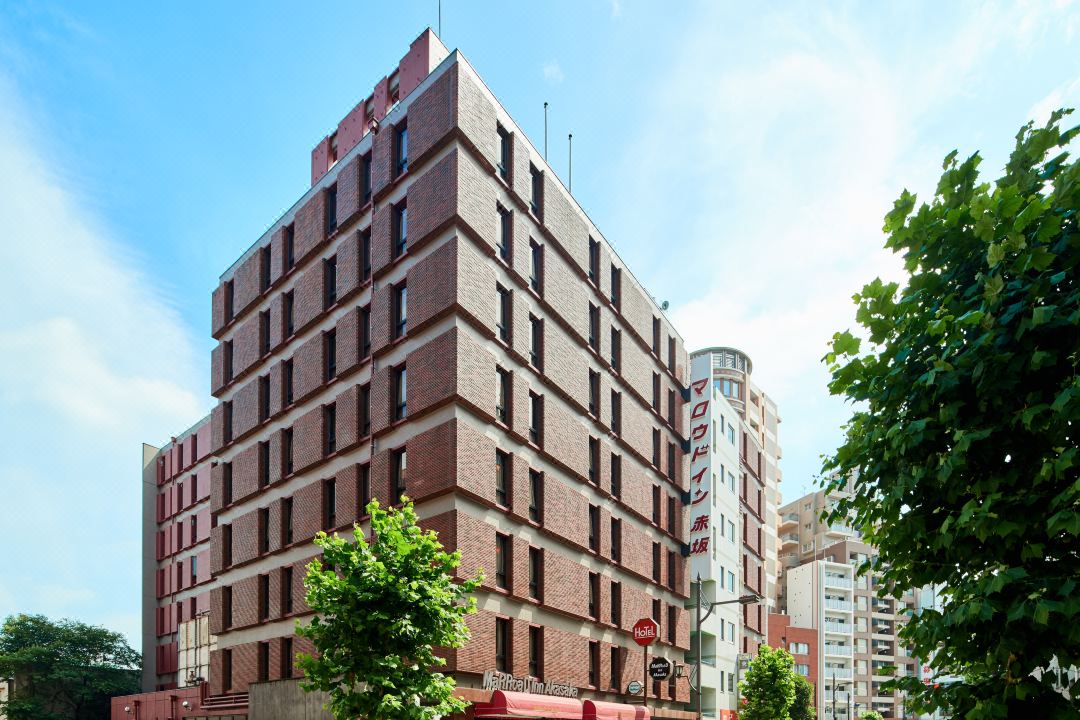
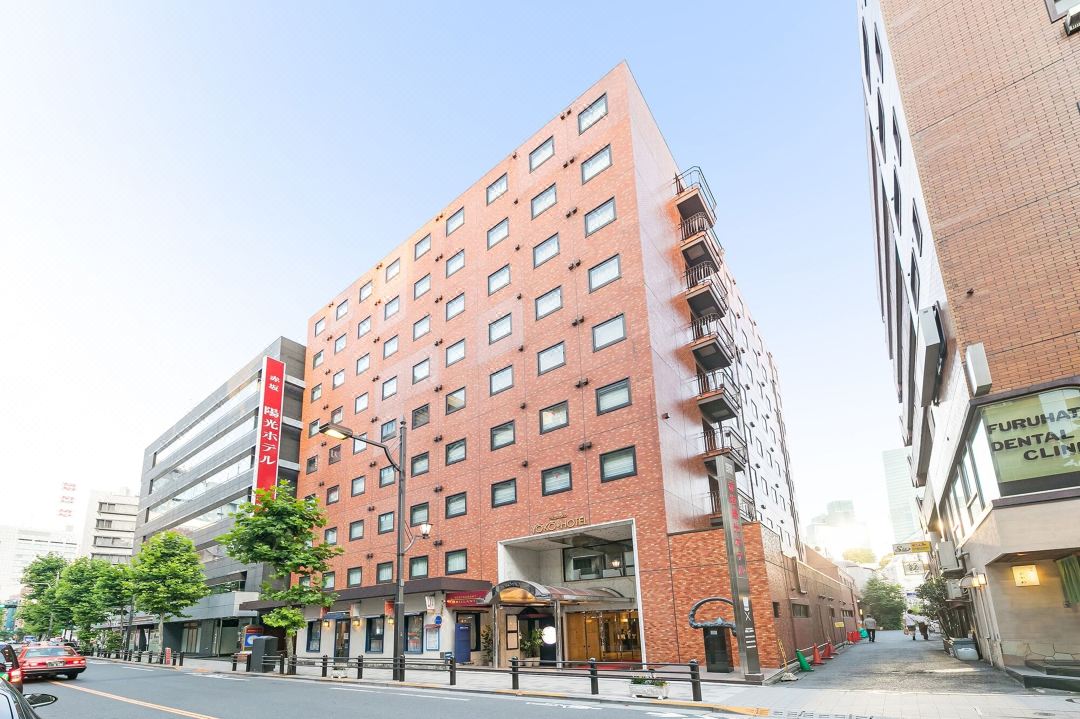













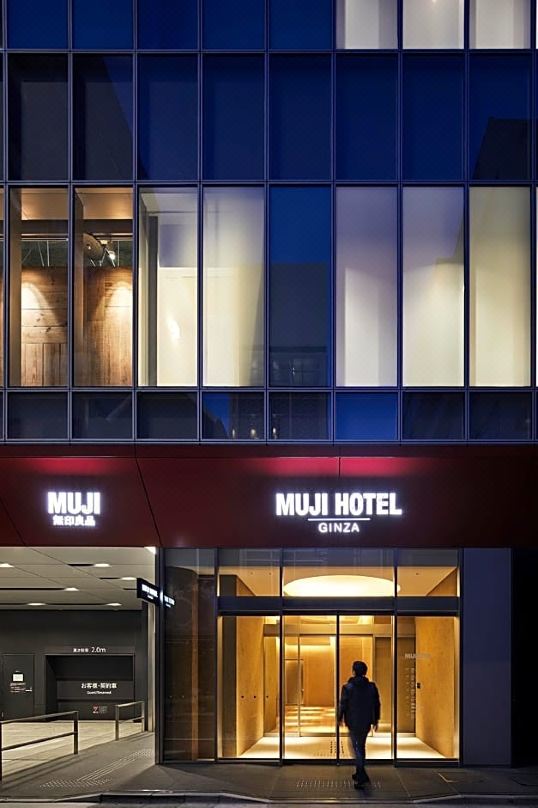










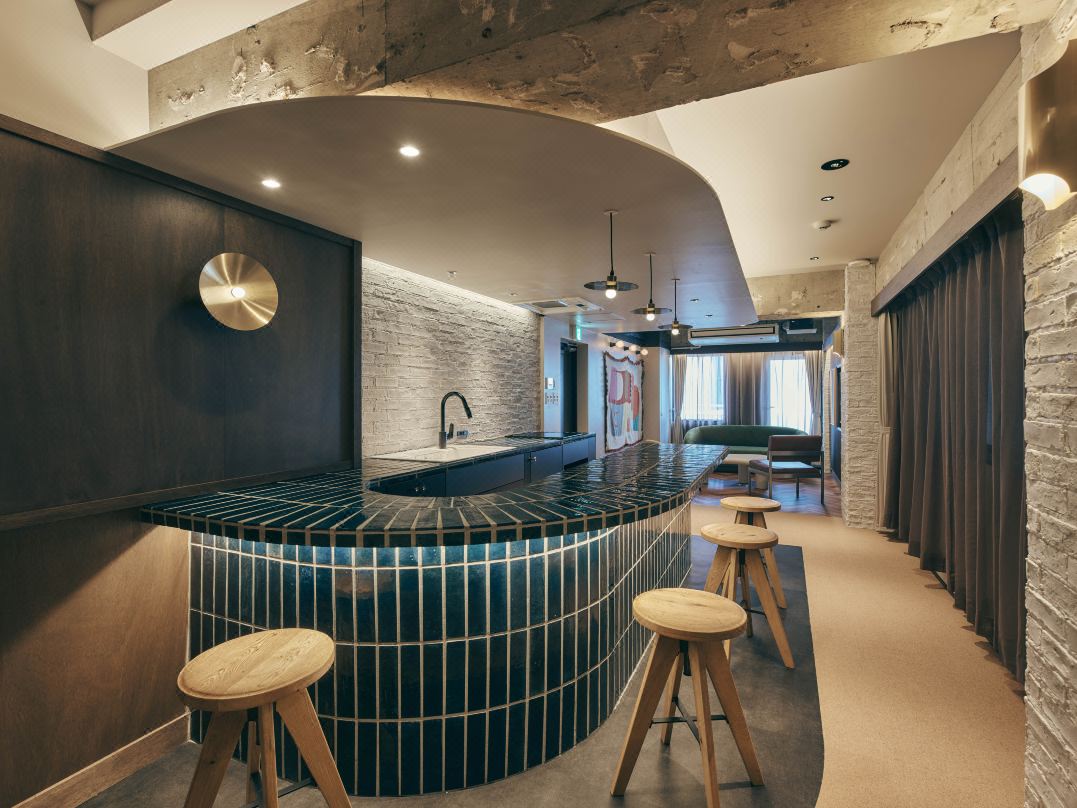








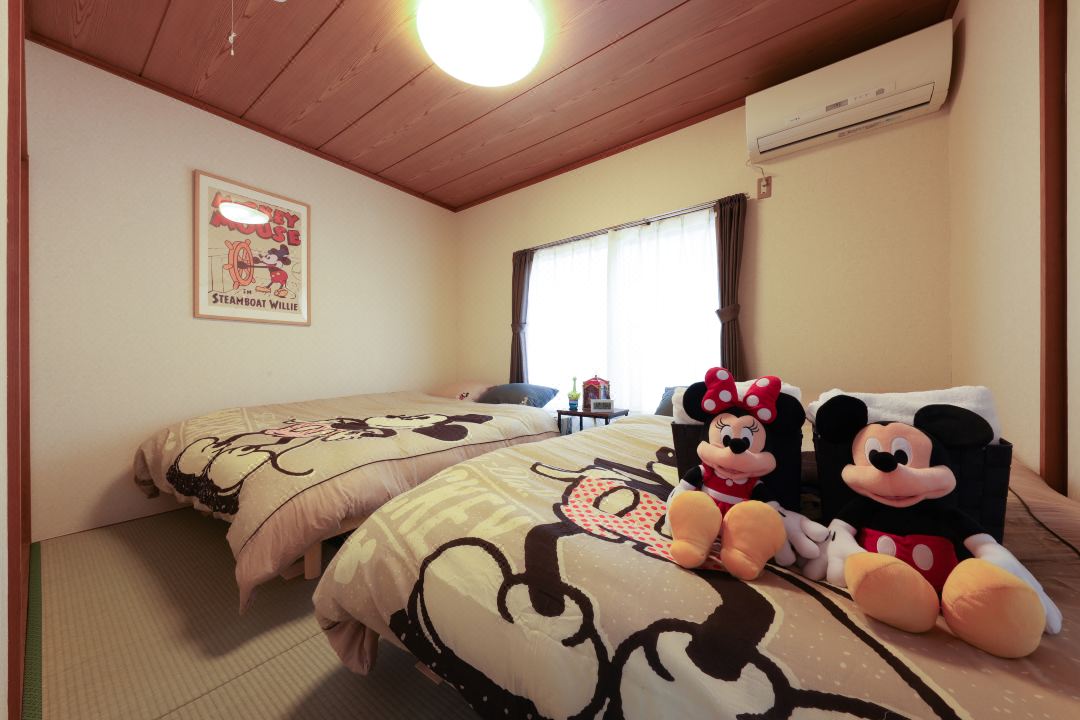



















































![[Northern Okinawa] 4 Recommended Cosmos Fields in Okinawa | Sunflowers and Cherry Blossoms in the Same Season!](https://resources.matcha-jp.com/resize/720x2000/2024/08/12-192028.webp)



![[Corporate Visit List] Near Kansai Airport! Discover Japan’s Technology and Business Philosophy through Industrial Tourism](https://resources.matcha-jp.com/resize/720x2000/2024/12/13-215168.webp)